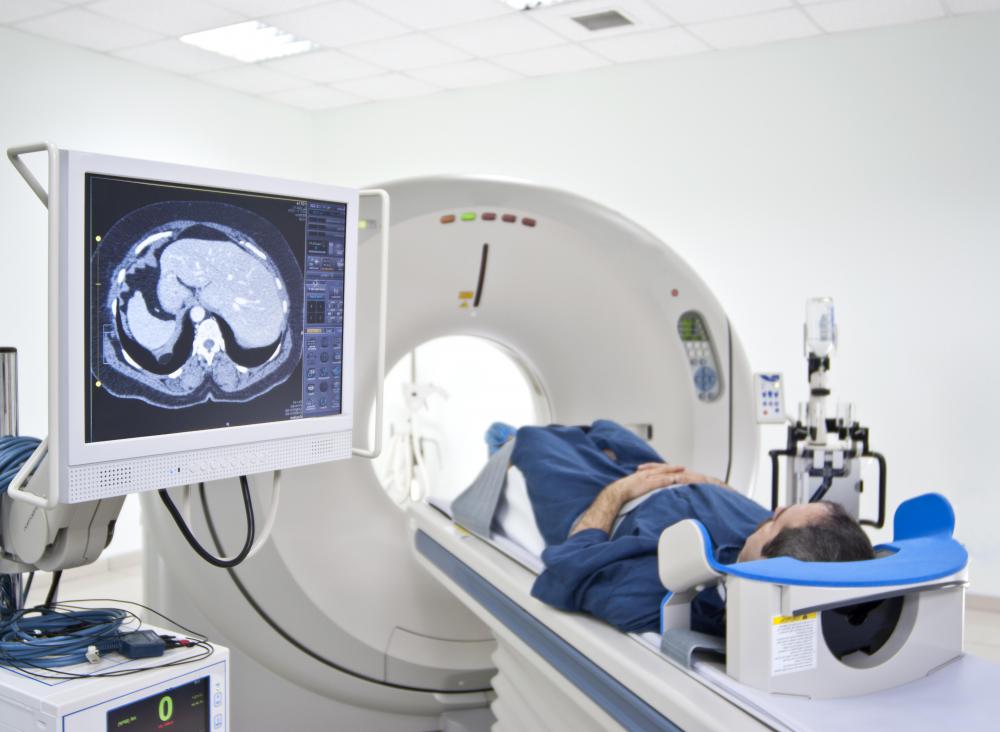At WiseGEEK, we're committed to delivering accurate, trustworthy information. Our expert-authored content is rigorously fact-checked and sourced from credible authorities. Discover how we uphold the highest standards in providing you with reliable knowledge.
What is Sinus Tarsi Syndrome?
Sinus Tarsi Syndrome is a painful condition of the ankle. It is often confused with a regular ankle sprain, and can possibly be the result of a severe one. The sinus tarsi is a spot on the foot between the ankle and the heel, almost directly in front of the protruding ankle bone. Sinus tarsi syndrome is an inflammation of the ligaments in this spot which cause pain during normal weight-bearing activities or when walking on unstable ground.
A typical ankle sprain can eventually lead to sinus tarsi syndrome, where the canal directly under the talus bone becomes inflamed. It is commonly felt when turning in or turning out the ankle, and when running or applying unusual weight to the area. In the majority of cases, the injury results from the rolling out of the ankle as opposed to the rolling in, or pinching, of the area.

Evaluation and diagnosis is usually made through x-rays or MRI scanners, but in some cases the injection of local anesthetics can isolate the source of the pain. Doctors will usually prescribe ibuprofen or steroid injections to assist in healing. In rare cases, ultrasound electrotherapy may reduce inflammation.
As with most inflammation injuries, ice packs should be applied frequently to the area to reduce swelling. In addition, a period of immobility may be required for the area to heal properly. After the initial period of healing, and after the ankle has recovered a sufficient amount of strength, moderate physical therapy can increase mobility and help minimize recovery time. Physical therapy, in the form of a variety of exercises which strengthen the joint, especially the use of a wobble board, may be prescribed.
In most cases, sinus tarsi syndrome will resolve with proper treatment and rehabilitation. Very rarely is surgery needed to correct the problem, but it may be done through an open incision or through arthroscopic surgery. Surgery can scrape away scar tissue that may be inflamed or may be causing the inflammation.
The majority of cases of Sinus Tarsi Syndrome involve some injury to the ankle, but in some cases, people with flat feet or pronounced pronation of the foot can experience the condition as well. In such a case, if surgery is not necessary to alleviate the pain, a variety of orthopedic shoes or shoe inserts can possibly correct the condition.
AS FEATURED ON:
AS FEATURED ON:











Discuss this Article
Post your comments